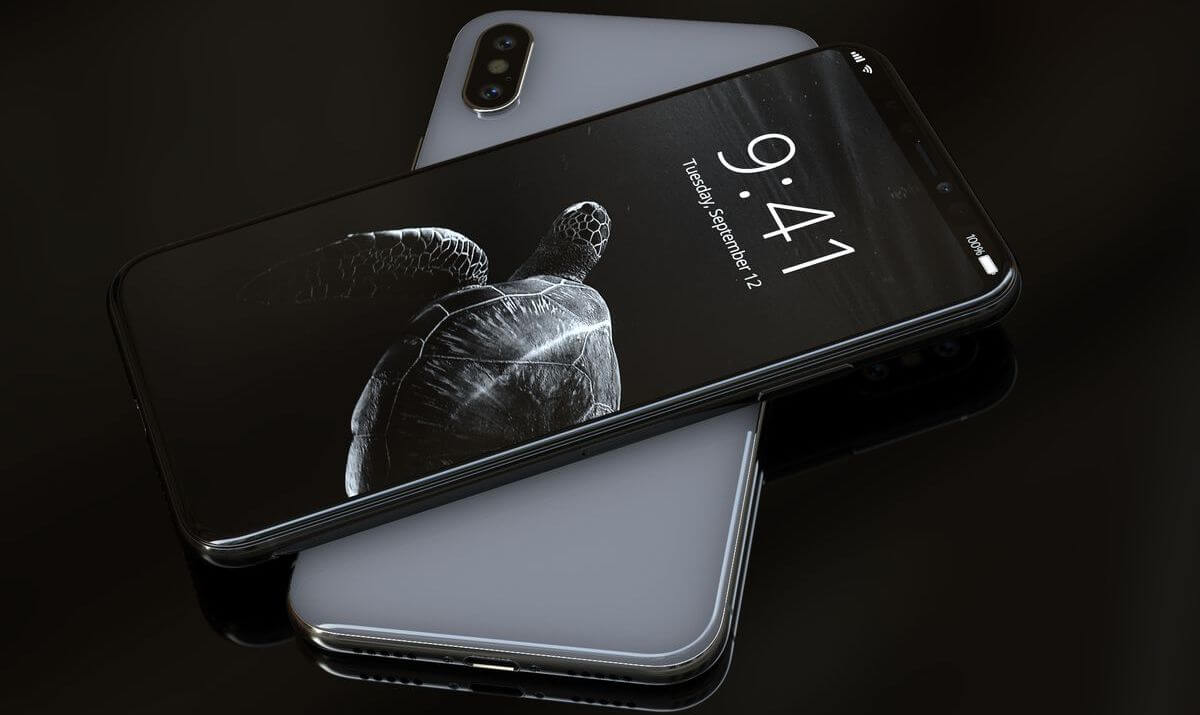- Get link
- X
- Other Apps
- Get link
- X
- Other Apps

Samsung and Apple are not only the main competitors in the global smartphone market, but also directly depend on each other. Apple uses the production facilities of the South Korean technological giant, ordering it for numerous components for its gadgets, and Samsung is actively receiving from this impressive profit. Sales of the iPhone X were not as impressive as expected, largely due to the high cost of OLED-displays. That's why at the moment Samsung is experiencing serious problems, trying to find new markets and new customers.
About problems Samsung reports the authoritative edition of Nikkei Asian Review. Samsung has increased production capacity in order to produce more OLED-panels for smartphones iPhone X, but that's only sales of the latter were disappointing. According to rumors, the situation is so bad that Apple will first remove its smartphone from sales before the due date. It should happen this summer, shortly before the announcement of the next model of the smartphone, which will traditionally take place in early autumn. The South Korean company ended up with an overabundance of unclaimed displays, which, because of their high cost, turned out to be of no use to anyone. Most manufacturers still prefer to work with cheaper LCD-screens.
The largest Chinese smartphone manufacturers are focused on the production of middle-class devices, and only a few can afford to use OLED displays in their products. According to statistics, only 5 to 10% of smartphones companies Oppo and Vivo can boast OLED-screens. Such panels are 40% more expensive than LCD displays. And considering that the markets of budget smartphones and mid-range devices are actively competing with each other, manufacturers are constantly trying to reduce the cost of components of their products.
OLED panels offer more vivid and juicy colors, they can be bent to create rounded displays, but such matrices cost more than $ 100, more than double the price of traditional LCD panels. The expensiveness of OLED displays is a serious problem even for the division for the production of its own smartphones Samsung. British analytical company IHS Market notes that the internal use of OLED-matrices by Samsung has decreased in 2017. To date, the South Korean company controls 95% of the OLED market, but in the near future this may change. LG Display is increasing its production capacity, however, like Chinese manufacturers BOE Technology Group and Tianma Micro-electronics.
The article is based on materials .
- Get link
- X
- Other Apps
Comments
Post a Comment